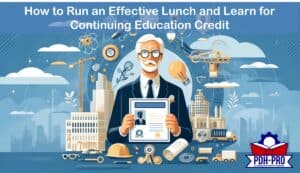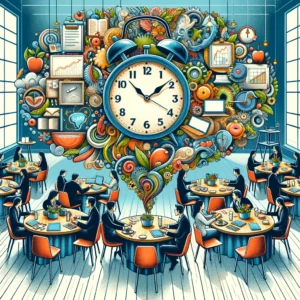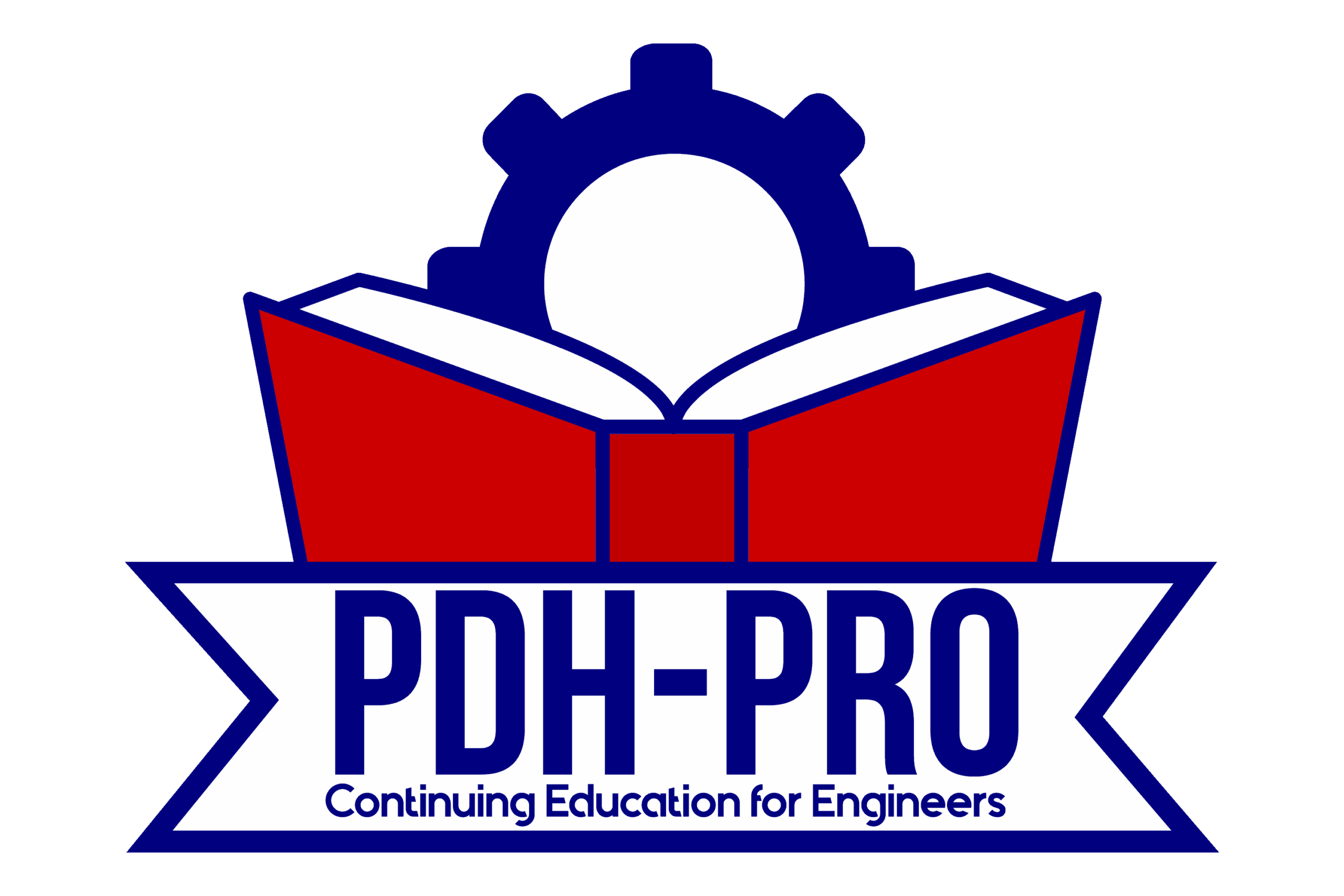How to Run a Successful Lunch and Learn Event for Continuing Education Units
Lunch and Learn events for Continuing Education Units (CEUs) are a great way to offer engineering training in an informal setting. Through these lunchtime training programs engineers can enhance their professional skills base, build their professional development hours (PDH), learn about cutting edge innovations in their field, improve the quality of their work, and fulfill the CEU requirements necessary to renew their professional engineering licenses. The events can also boost morale, provide networking opportunities, improve team work and facilitate efficient time management. However, the way in which these events are planned, executed and followed up is crucial. If done correctly, a Lunch and Learn event can maximize attendance and facilitate skills transfer. This article discusses the key elements required to run a successful Lunch and Learn.
1. Before the Lunch and Learn
Comprehensively Train Technical Staff
Properly trained technical staff are essential to a successful Lunch and Learn. It is natural for the staff contingent to have a diverse skills base, and one broad based training method will rarely work for all individuals. Luckily, several methods are available, and identifying, selecting and implementing which one works best with specific staff is important. These targeted training methods can improve the quantity and quality of work that technical staff deliver at a Lunch and Learn. Once properly trained, staff can plan and deliver outstanding events.
Establish Organized, Defined and Structured Learning Objectives
Effective Lunch and Learns for CEUs must have clearly defined learning objectives. The attendees need to know exactly what they will learn during the event, what the targeted CEU will deliver, how it will benefit their continuing professional competency (CPC) and trust that it will be presented in a concise, logical manner. A well designed and organized event structure will allow attendees to focus on the pertinent key concepts and skills.
Learn how to integrate your training event with CEU credits in this article.
Choose the Appropriate Teaching Method
Traditional training methods for continuing education, such as classroom-based training programs, interactive training and on-the-job training is appropriate for some Lunch and Learn events. In other cases, new technical skills can be integrated faster and easier with the more modern techniques of online training and social learning. It is therefore important to meet the immediate needs and optimal learning style of specific Lunch and Learn attendees (particularly for any remotely based employees). As mentioned previously, this can only occur if the technical staff are suitably competent to deliver diverse training methods.
Generate Interest in the Lunch and Learn Event
A successful Lunch and Learn needs to be well advertised and timely in order to generate interest, awareness and excitement. Regular announcements, posters, internal emails and social media posts can all be employed, as well as personal invitations through word of mouth and handwritten notes. Pertinent information should include; date and time, venue, topic, presenter, CEU objectives, learning outcomes, deliverables, and of course the benefit of a tasty, supplied lunch.
Maximize Attendance and Participation
As well as promoting the Lunch and Learn, it is essential that the chosen CEU or topic is relevant, and one which will promote CPD and build PDH. As such, it is necessary to conduct in-depth, continual analysis of what training and CEUs are required. This can be achieved by assessing skills and soliciting feedback among potential attendees. Supervisors should be well-informed of each Lunch and Learn’s topic, to be able to further recommend and advise on the attendance and benefits thereof. These processes not only pinpoint relevant training gaps, but foster a culture of communication and awareness among all in the organization.
2. At the Lunch and Learn
Enlist a Professional, Confident Presenter
The success of a Lunch and Learn event hinges on the presenter. It is vital that the presenter can teach what is required, clearly and competently, within the constrained lunchtime slot. They need to be; confident, interesting, believable, and professional. Ideally, the instructor should be a subject matter expert in the topic area. Good preparation, combined with relevant te-ching and presenting experience, can help to deliver a lesson that is succinct, focused and easy to understand.
Offer a Fun, Interactive Presentation
Attendees want to feel engaged, inspired, energized and excited about giving up their normal lunch break. This can be achieved by offering a fun, interactive, content rich presentation. New insights and information will peak interest and make the event memorable. Due to its less formal nature, the style can be more conversational. When the presenter asks questions, and makes attendees laugh, think and take action, the information will be more readily retained. Presenters can therefore utilize a range of visual and verbal tools and styles during each presentation.
Optimize Learning
In addition to a dynamic teacher delivering an exciting presentation, standardized processes and tools need to be in place to optimize learning. These can include documents, sample templates and checklists provided at the event, which should make following the training process easy and logical. It is also important that the attendees know what is expected of them, e.g. by taking notes on new data and methods.
3. After the Lunch and Learn
Ensure Knowledge Transfer
One of the key benefits of Lunch and Learn events is the transfer of knowledge. This is achieved at many stages of the Lunch and Learn process. Prior to the event, technical staff are taught how to run the event and given opportunities to practice their presentations. Spot checks and feedback are conducted after the event to ensure that key data was captured and disseminated. Attendees who then after the Lunch and Learn; improve their and their co-workers performance, expand versatility, and add value to the company, should be recognized and rewarded. This cross-training of employees not only builds confidence, but allows for seamless transitions of personnel within the organization.
Final thoughts
A successful Lunch and Learn CEU event embodies a number of key components. Beforehand, training, planning and promotion are essential. At the actual event, a dynamic and interesting presentation, relevant to the attendees needs, is paramount. Once completed, feedback is required to assess the event’s success and to ensure that the objectives and outcomes were met. Once mastered, Lunch and Learn events for CEUs can have far reaching benefits for the technical staff, attending engineers and the organization as a whole.
